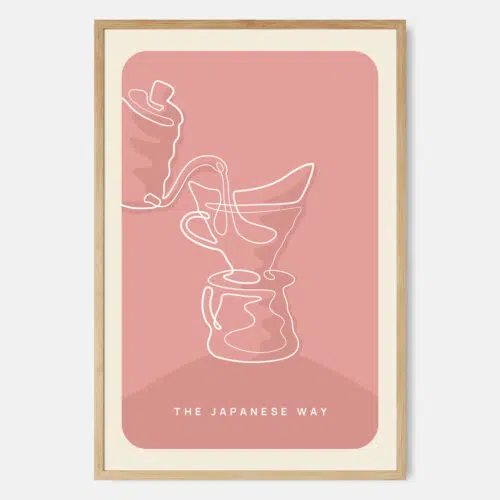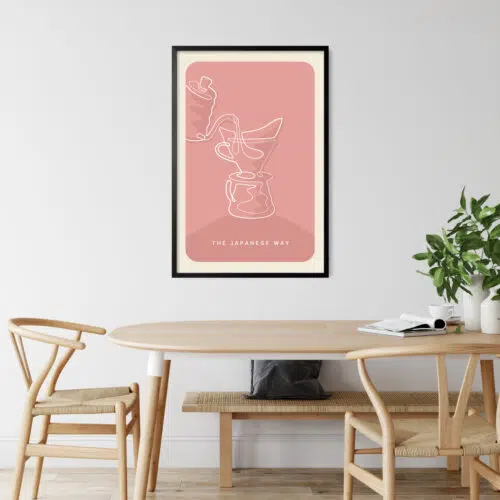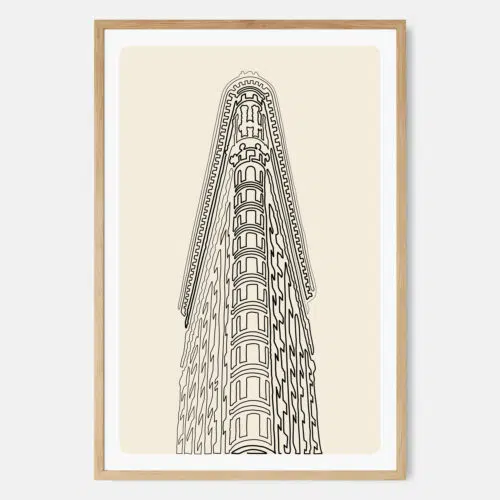What is an accent wall?
An accent wall is a single wall that is painted or finished differently than the other walls in a room. The accent wall is meant to provide contrast and be a focal point in a room.
When designing an accent wall, the most important thing to keep in mind is that it should provide contrast. Contrast is the main design element that accent walls bring to a space, even more than color.
To create an aesthetically appealing accent wall, it’s essential to evaluate the shape of the space. The shape of the accent wall is crucial as it will be the focal point of the room. The human eye is naturally drawn to contrasting surfaces, and an accent wall is no exception. The darker area of the accent wall will immediately catch the eye, and if the shape or contour of the accent wall is not pleasing, it can make the space appear disjointed or busy. So it’s best to choose walls that are large and don’t have a lot of design elements (windows, doors, etc.).

Which wall is best for your accent wall
So now that we know that shape and contrast are the main elements of accent walls, you may be wondering which wall is best for your accent wall. The best rule of thumb is to choose a wall that is a large, uninterrupted wall that will act as the focal point of the entire room.
One of the best places for accent walls is in large rooms with symmetry. This allows the accent wall to really stand out and make an impact without overwhelming the room.
The best places to consider for an accent wall:
- Large wall with no windows or doors.
- If the wall has windows, it’s best if they’re smaller and symmetrical.
- Behind a fireplace, bed, TV, or anything that acts as the focal point.

Where accent walls should Be Avoided
However, there are locations that would not be the best place for accent walls. Accent walls can technically work anywhere if done correctly, but there are walls that are considered better than others.
Where accent walls usually aren’t located:
- Small or busy rooms (usually bathrooms or kitchens).
- Rooms with a lot of structural elements (cabinets, appliances, doors, windows, etc.).
- Oddly shaped walls that aren’t appealing to the eye.
- Walls with a lot of decor or clutter.
9 essential Do’s for Accent walls
When it comes to the actual design of an accent wall, there are a few essential do’s to keep in mind. Keep these tips in mind before you begin designing, and use the photos as inspiration!
1. Choose A Wall With Symmetry
A symmetrical accent wall can help to draw the eye towards the focal point of the room, making it more visually appealing. Symmetrical accent walls can also make a room feel more spacious and open. This is because the symmetry creates a sense of order and organization, which can make a room feel more calming and relaxing.
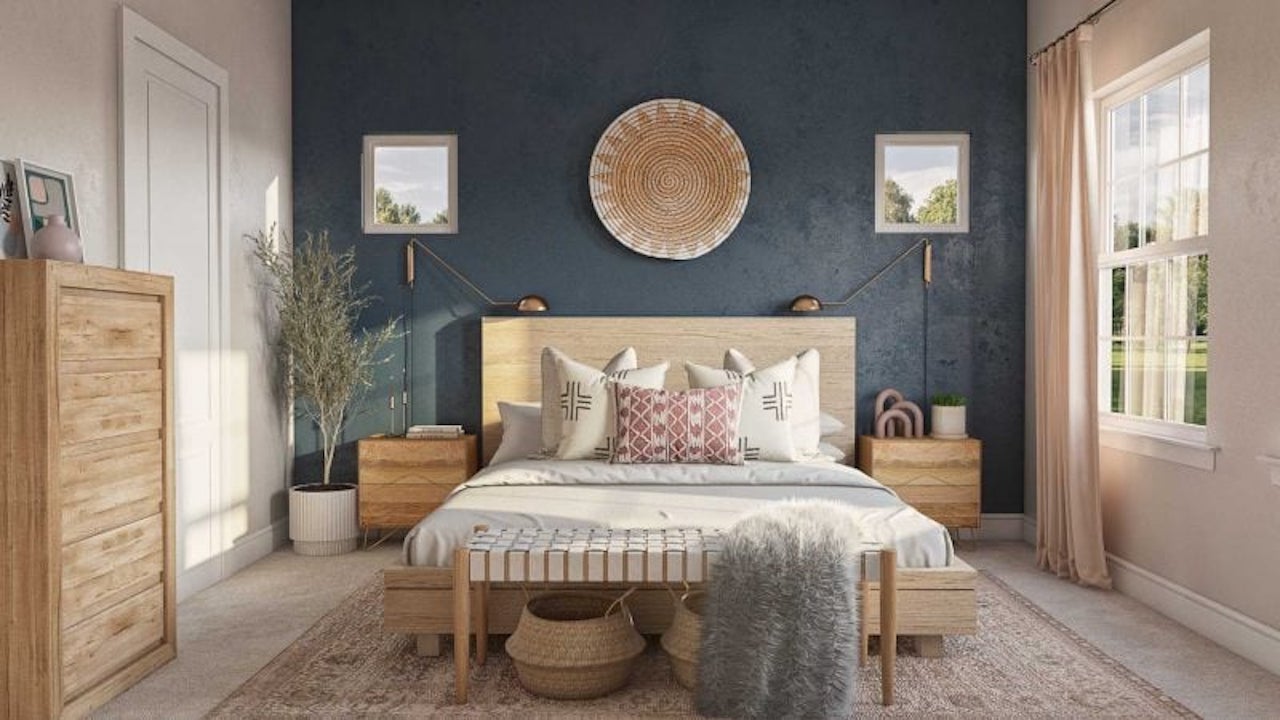
2. Plan Around Your Focal Point
The focal point is the first thing that will catch the eye when someone enters the room, and it’s what will anchor the design of the space. A focal point wall can be created by highlighting a feature such as a fireplace, a bed, a TV, or maybe even a baby crib. By selecting a wall that already has a natural focal point, you can ensure that the accent wall will not only be visually striking but also serve a functional purpose in the room.

3. Consider Colors & Textures of Entire Room
Before you select your accent wall colors and materials, consider the colors and materials already in the room. This will help ensure that the accent wall complements the rest of the space. If you already have a color or design theme, use this as the starting point to your design. For example, if your bedroom has a farmhouse vibe, it may not be best to add geometric shapes wallpaper to your accent wall. Stick with the theme to make easy design decisions.
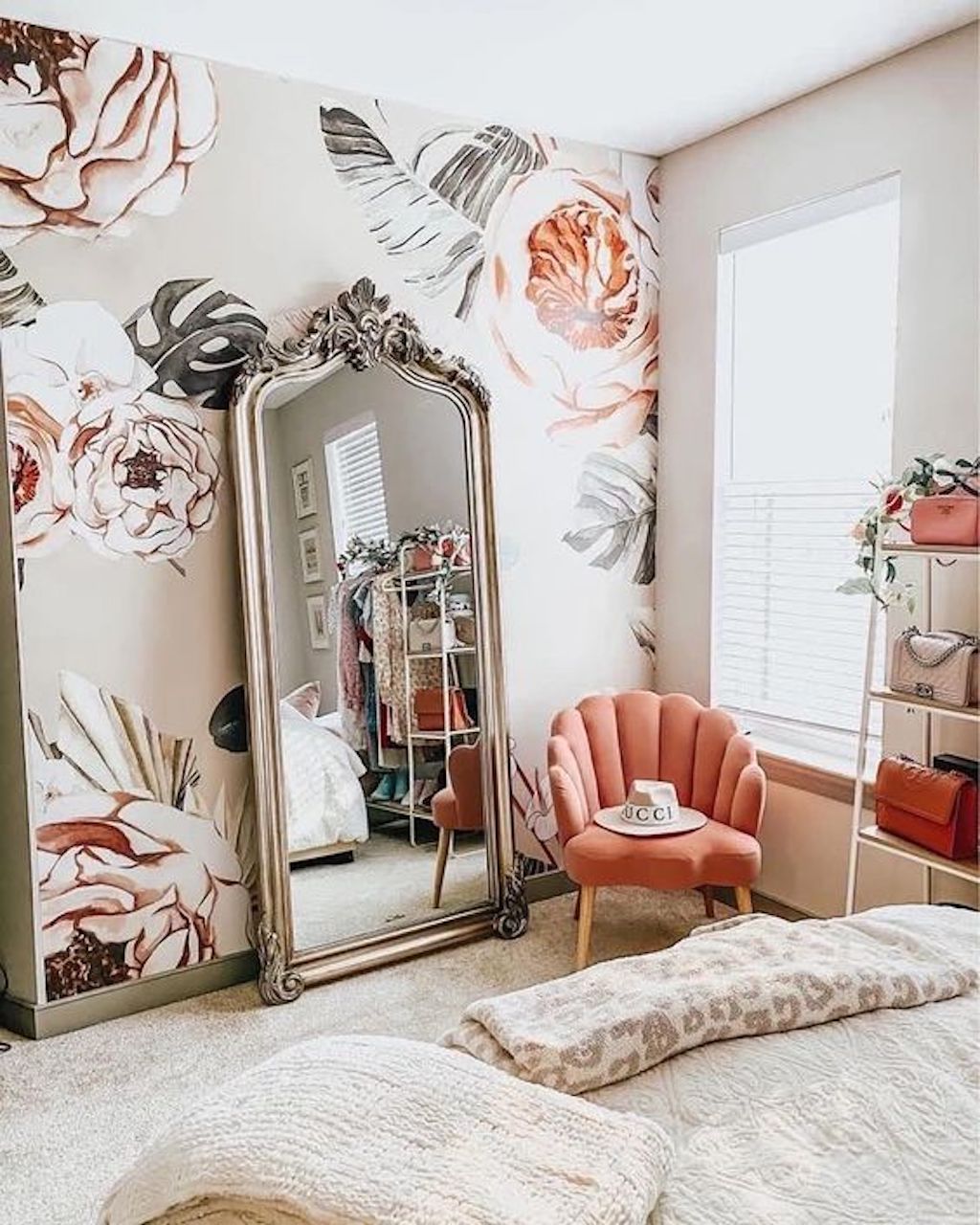
4. Cover A Portion Of The Wall
Accent walls don’t have to be the entire wall! You can make an accent wall with just a portion of the wall. For instance, you can cover a large rectangle in the middle of the wall. For example, create a wood paneling accent wall over a portion of your blank wall wall. This makes your room look even larger and elevates the space.

5. Treat Your Bookcase As The Accent Wall
Can’t find the right wall for your accent wall? Maybe you have a large bookcase that can turn into your accent wall! You can either paint or add wallpaper to the back of your bookcase shelves and it literally turns into a unique accent wall.

Related Post: How To Style A Bookcase Using 4 Important Tips (Plus Creative Themes)
6. Consider The Ceiling As An Option
If you still don’t have the perfect wall, or a large bookcase, look up! Yes, your ceiling counts as a perfect place to create an accent wall! It’s actually a wonderful place to add a pop of color or unique wallpaper since it’s almost always a blank canvas. The ceiling is often overlooked as an important interior design element, so don’t forget to consider it as an option. It could be the best option for your accent wall.

7. Go Bold With Your Color
Don’t be afraid to use an intense color! Whether the color you choose is a dark hue or a bright pop of color, feel free to have fun with it. That’s quite literally the purpose of an accent wall. The more contrast the accent wall has from the other walls, the more visually appealing it will be.

8. Get Creative With Materials & Patterns
When we think of accent walls, we immediately imagine a large wall that’s a different paint color than the other walls in the room. Accent walls do not just have to be a different paint color! Accent walls are a perfect way to go bold and use unique materials, patterns, or colors, of course. Think of your accent wall as a mini interior design playground for your home, so have fun! As long as it stands out, it serves its purpose!
Here are some creative ideas for your accent wall:
Moulding
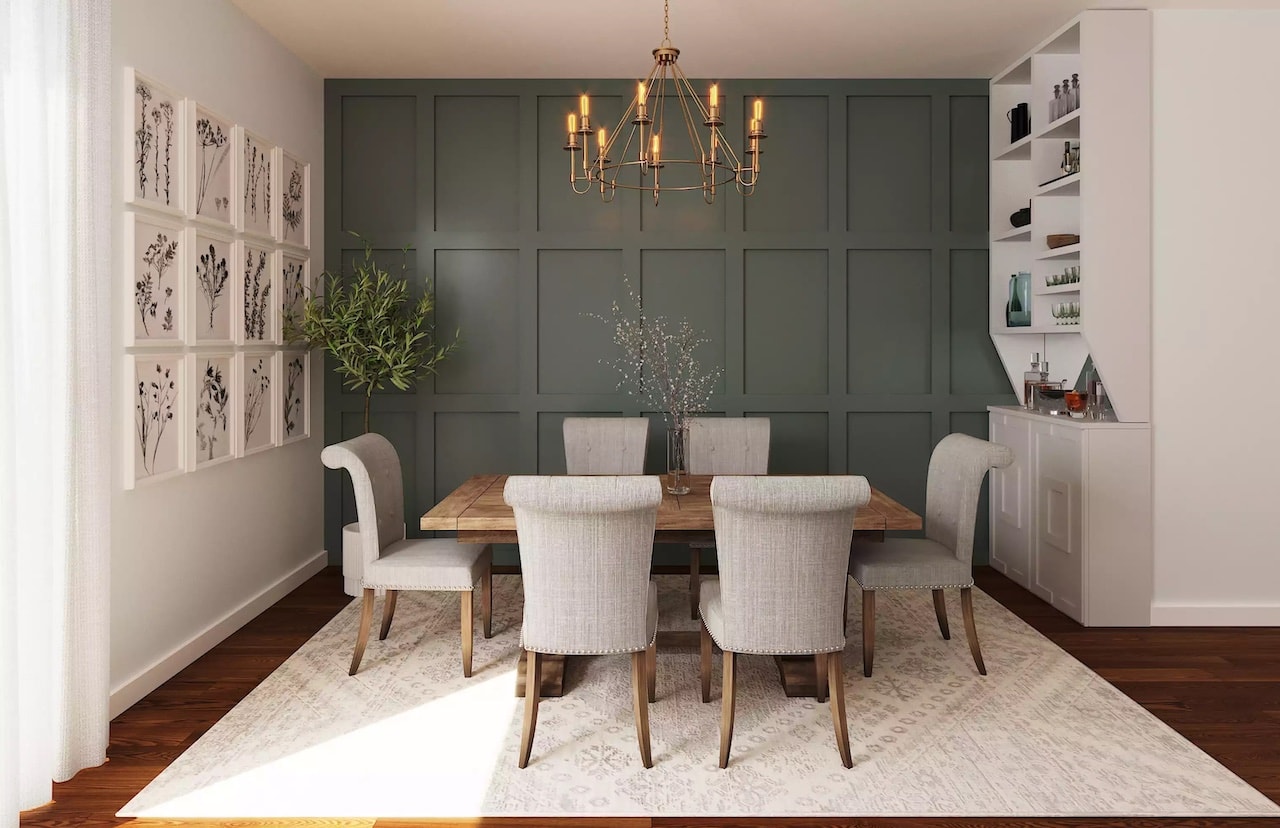
Polka Dots

Large Floral Prints
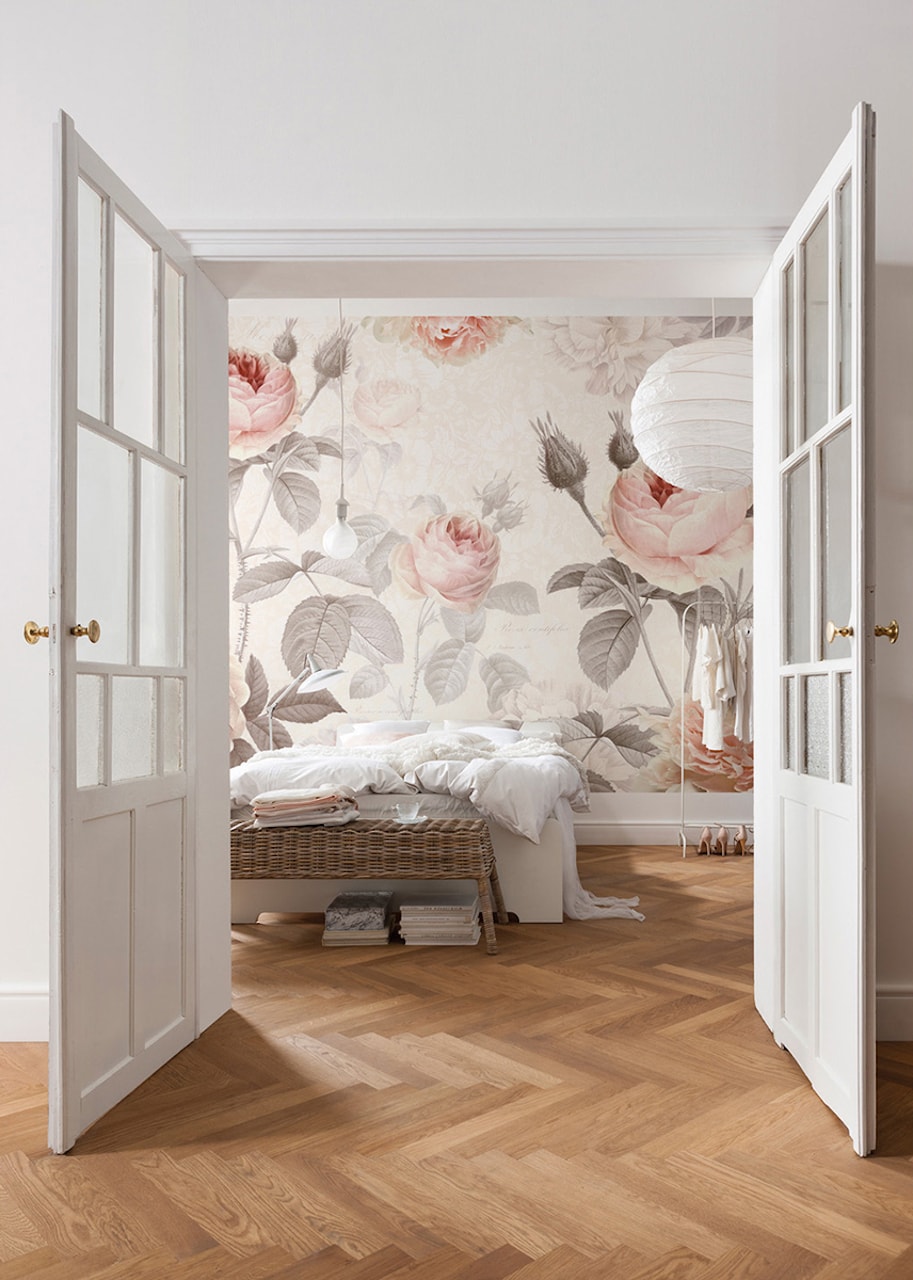
Unique Wallpaper

Wood Paneling Or Slats

Brick

Geometric Shapes

9. Test Before You Commit
It may be helpful to test out different options before committing to a design. Since accent walls are usually a bold color or wallpaper, it can be a little daunting to try something and then not like it. You can test out your visions by using a paint or wallpaper app, or by manually editing a photo of the room using your phone. This will give you a good idea of what the accent wall will look like in the space.
There are many websites and apps where you can upload a photo of your room and test out different colors, and even purchase paint directly afterward. This is a great way to visualize how different colors and accent walls will look in your room. For example, I tested out different colors in this bedroom on visualizecolor.com to see what I liked best. It’s free and is extremely easy to use!

5 Essential Don’ts of Accent Walls
It’s always important in interior design to make decisions based on your personal tastes. As mentioned above, you can usually make any wall work as an accent wall; but some walls are better than others. Here are the “don’ts” that interior designers recommend when it comes to accent walls.
1. Avoid Small Or Busy Rooms
It’s best to avoid small or busy rooms such as bathrooms and kitchens. These rooms tend to be cramped and cluttered, and an accent wall can make the space feel even more cramped. For example, this kitchen’s accent wall could be attractive to some, but with all of the artwork, windows, shelves, and cabinets, the accent wall ends up making the kitchen look a lot busier.

2. Don’t Create More Than One Accent Wall Per Room
Try to stick to only one accent wall in a room. Too many accent walls can make a space feel disjointed and overwhelming – and then it’s not even technically an accent wall anymore.
3. Don’t Use Too Many Colors
Another important don’t is to avoid using too many colors on your accent wall. Instead of using a rainbow of colors that clash against each other, try to stick to a cohesive color palette or one bold color.

4. Don’t Add Too Much Clutter
Additionally, try to avoid adding too much clutter to the wall. A simple, clean design is more effective in creating a striking accent wall. The whole purpose of an accent wall is to create contrast and attract the eye, so if you have many decor pieces, art, or furniture on this wall, you may not even notice the accent wall.
5. Don’t Choose Walls With Many Structures
And finally, avoid walls with many structures such as doors, windows, or cabinets. These walls can be difficult to work with and may not make the best accent walls. A clean and uncluttered wall allows for the color or design to take center stage and make a bold statement without competing with other elements in the room.
How Will You Accent Your Wall?
Accent walls are a great way to add interest and personality to a room. By following these do’s and don’ts, you can create an accent wall that is both beautiful and functional. With careful planning, the right materials, and a little bit of creativity, you can create an accent wall that will be the focal point of your room for years to come!

At EverLineArt, our vision is to enhance interior spaces through refined aesthetic line art, igniting creativity and fostering a sense of well-being in both personal and commercial arenas.











